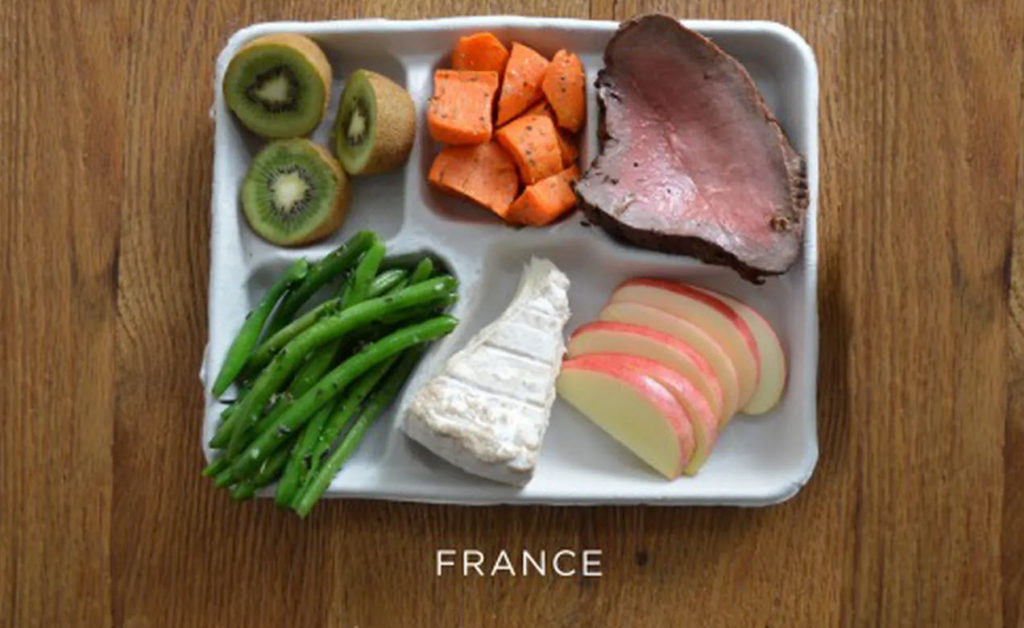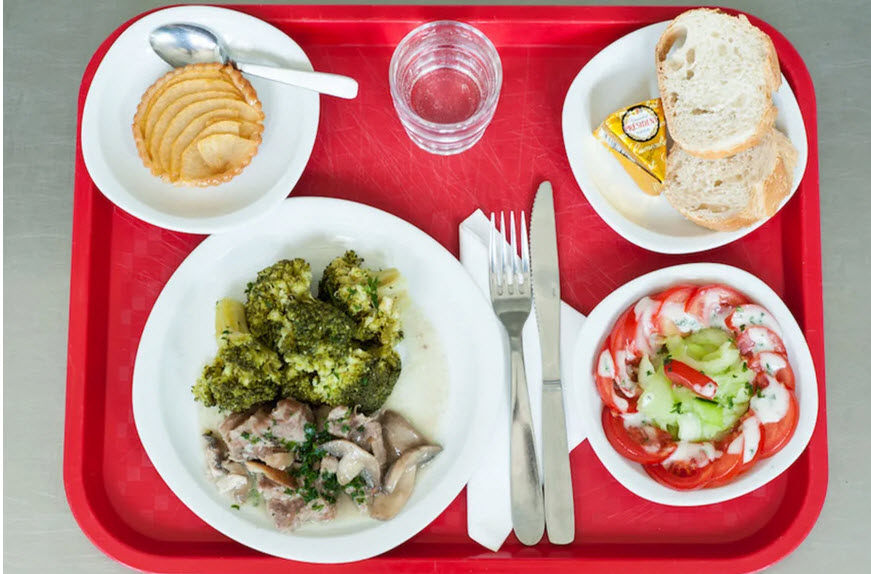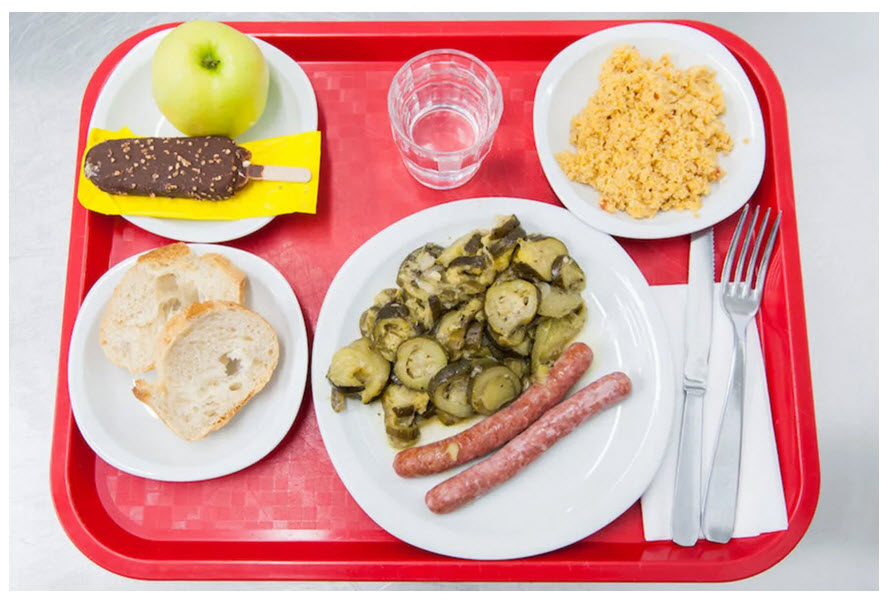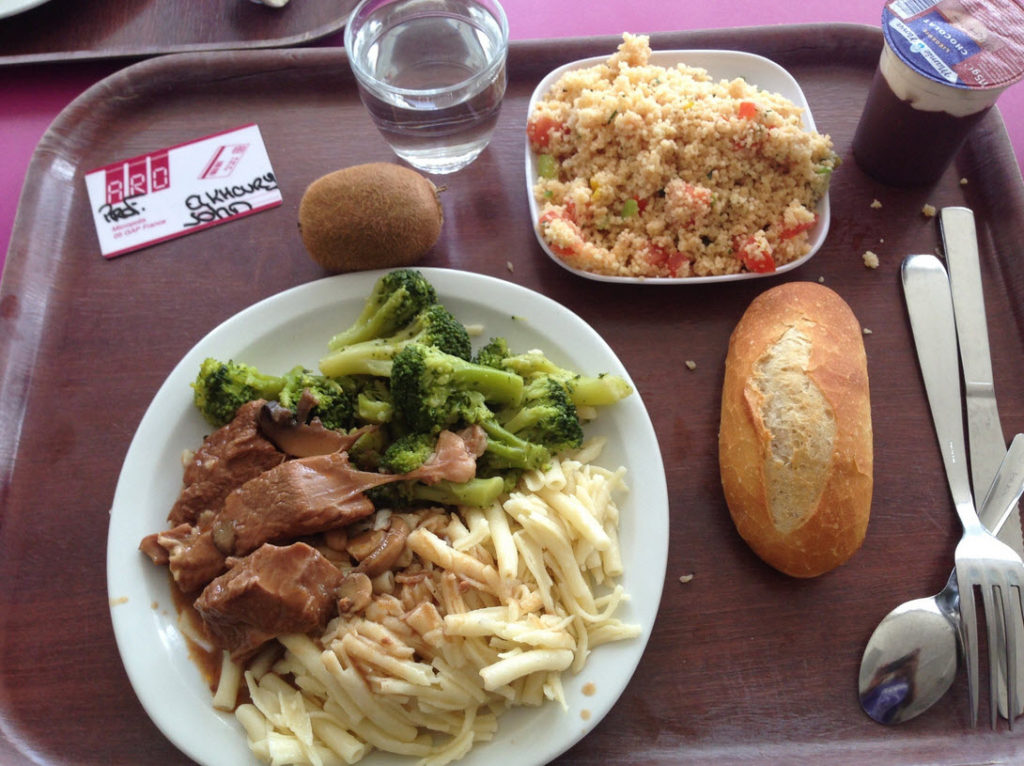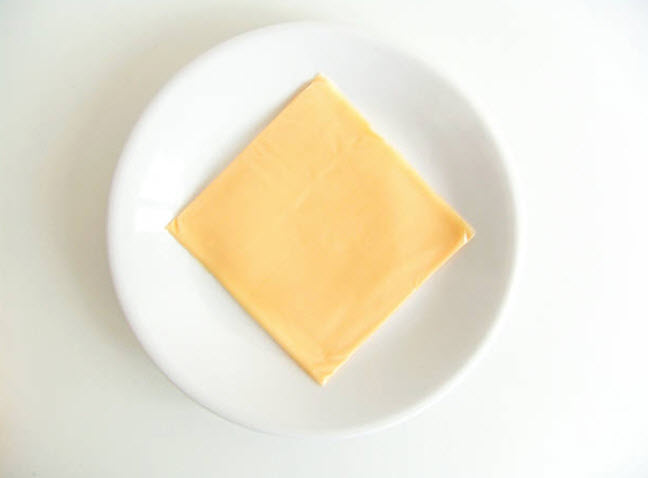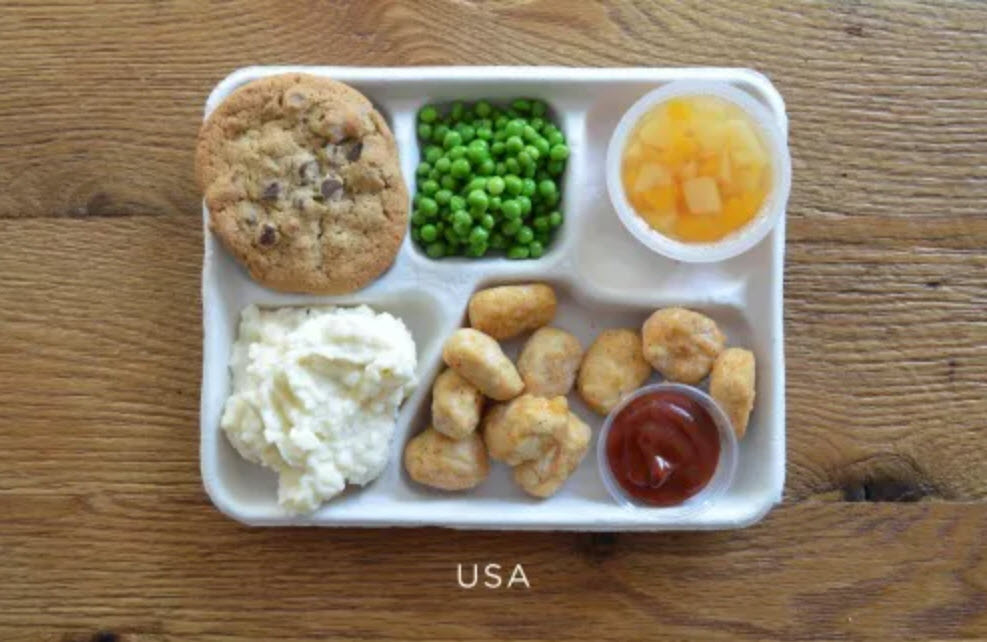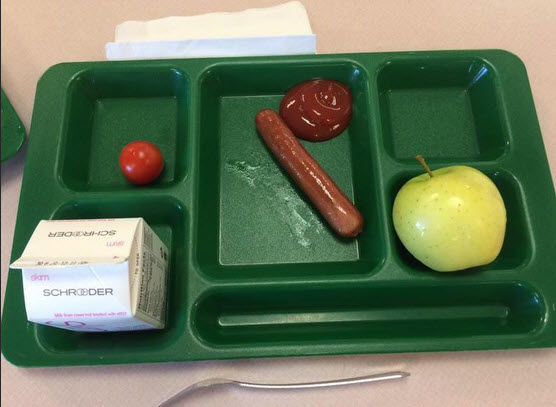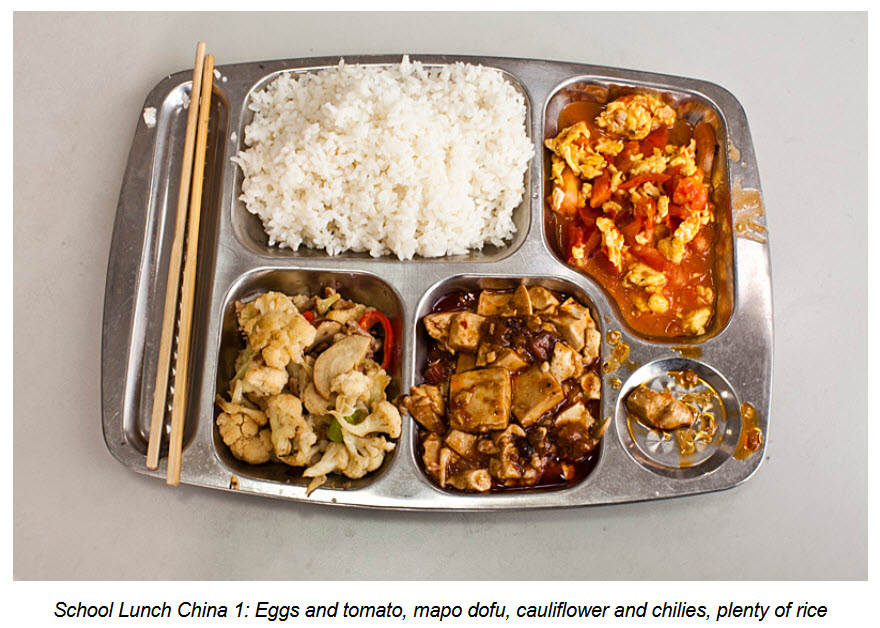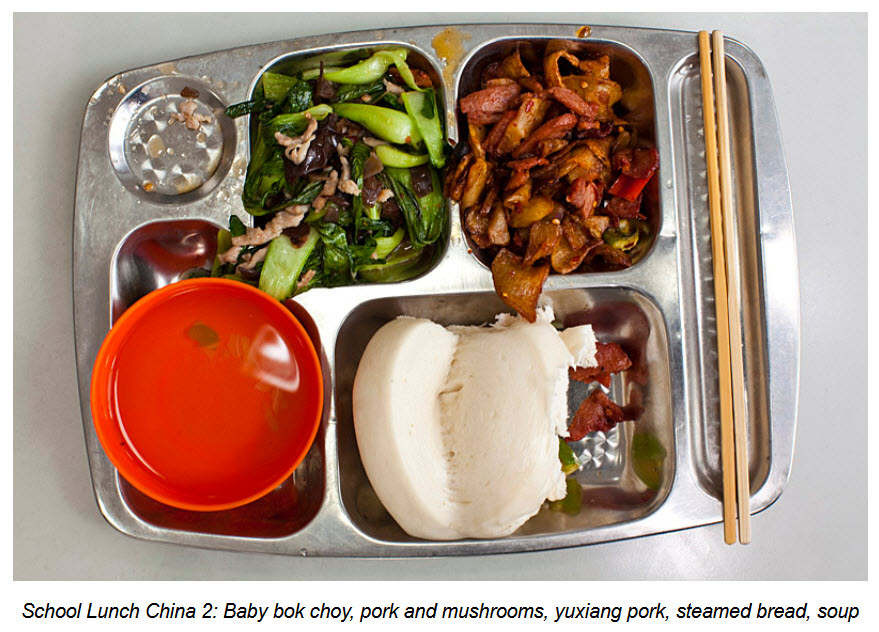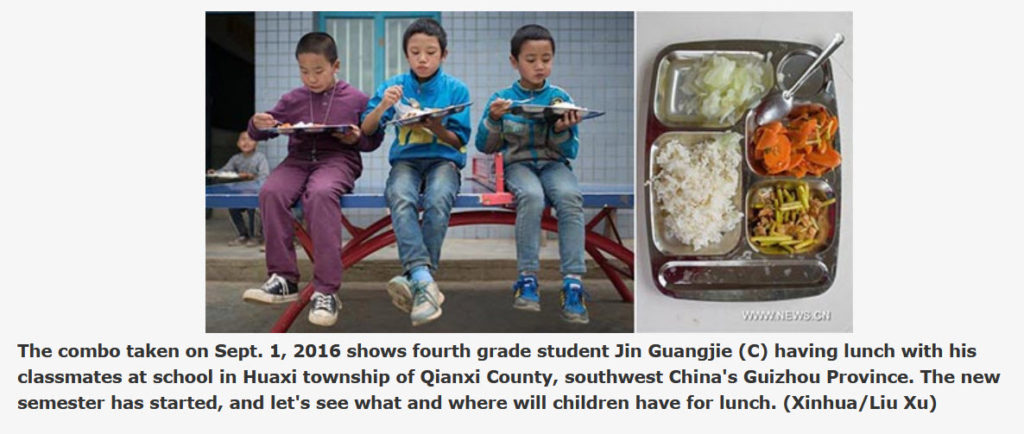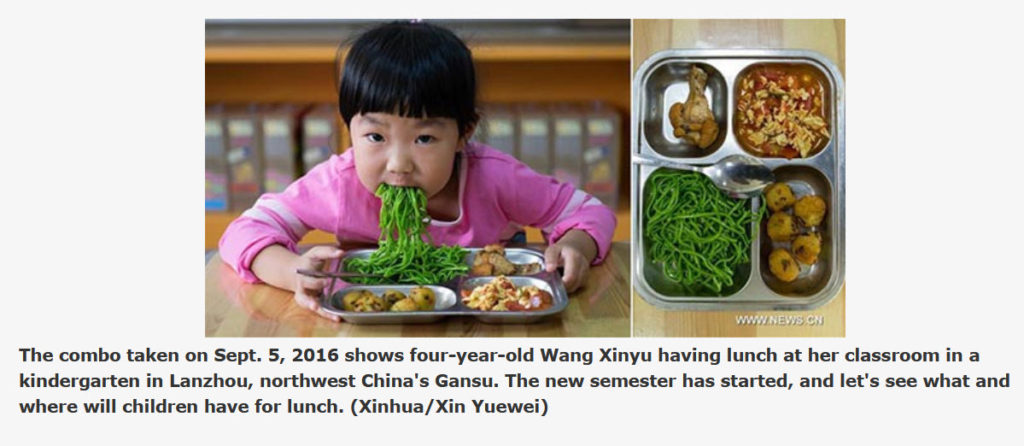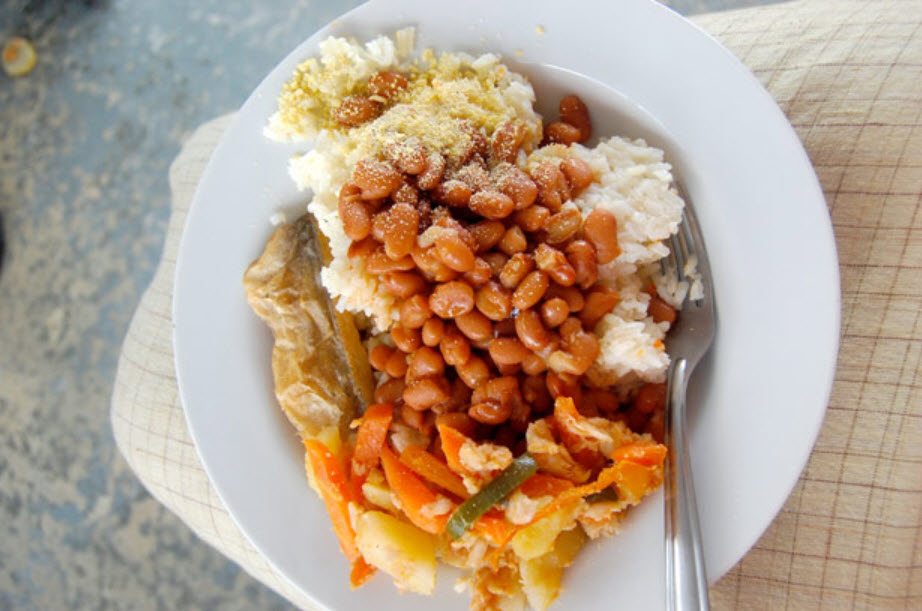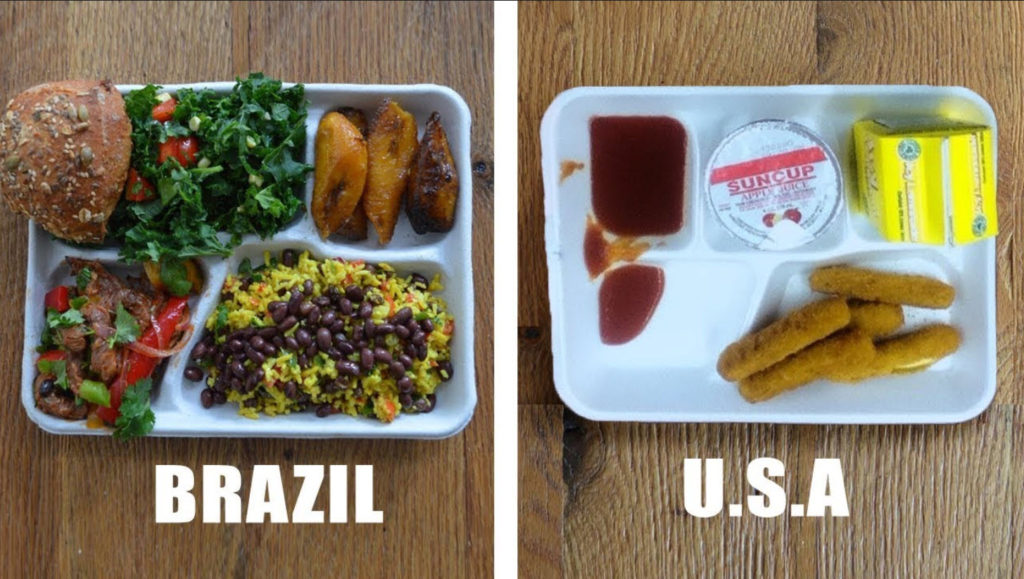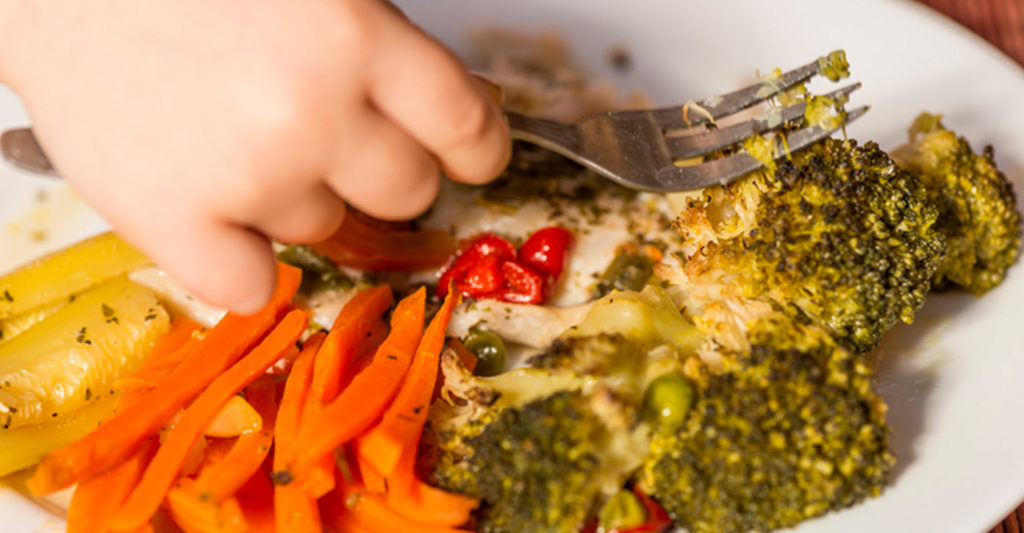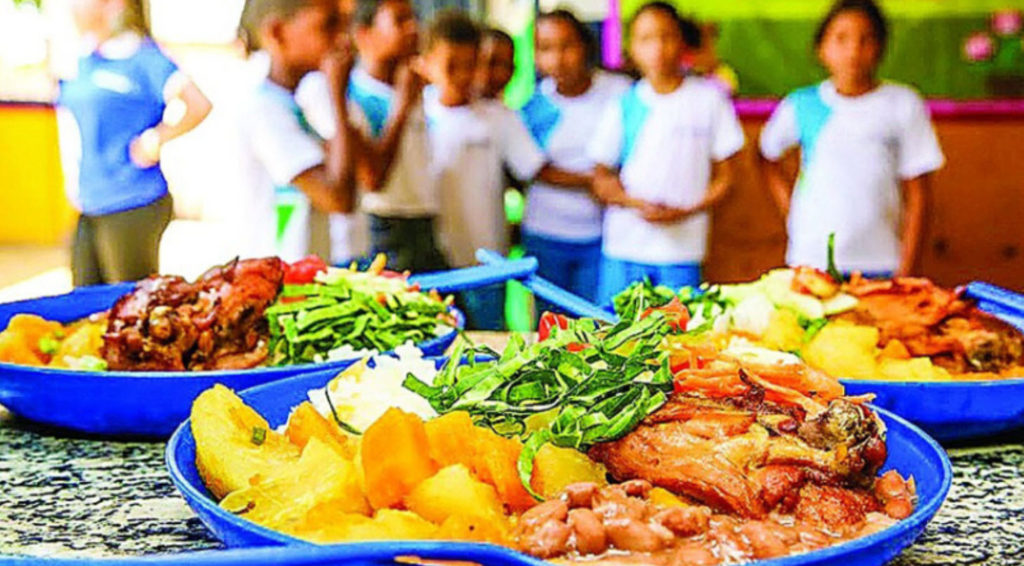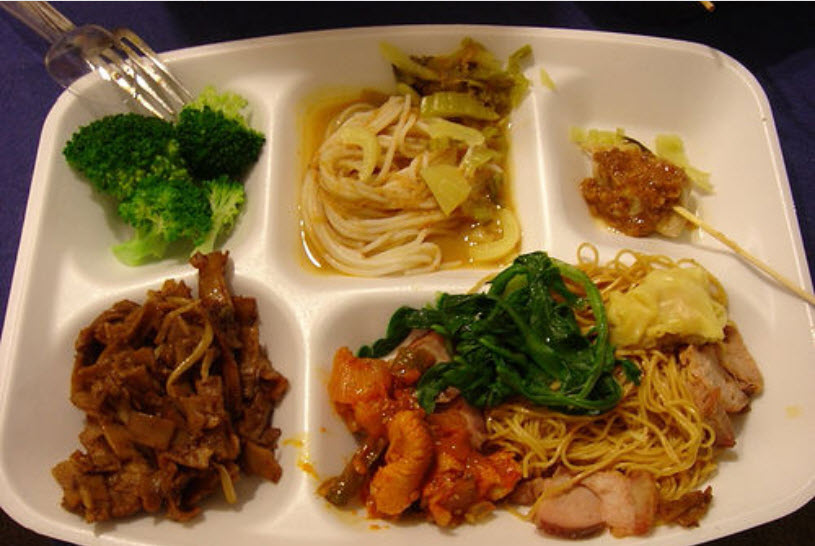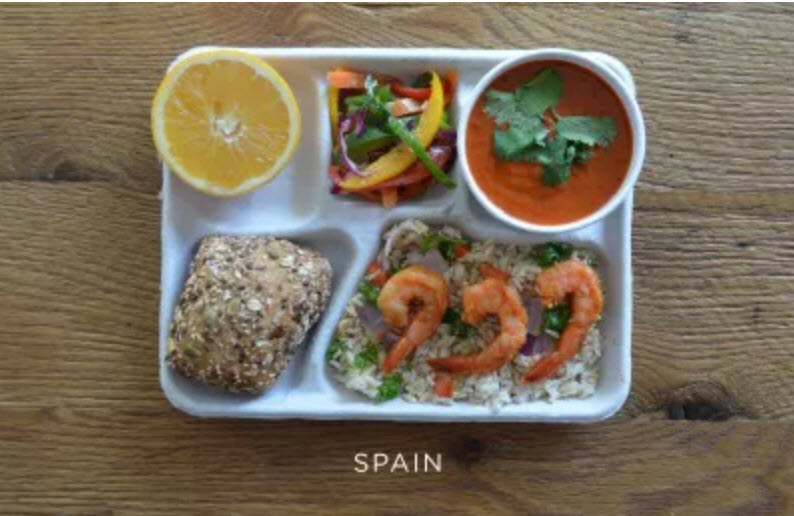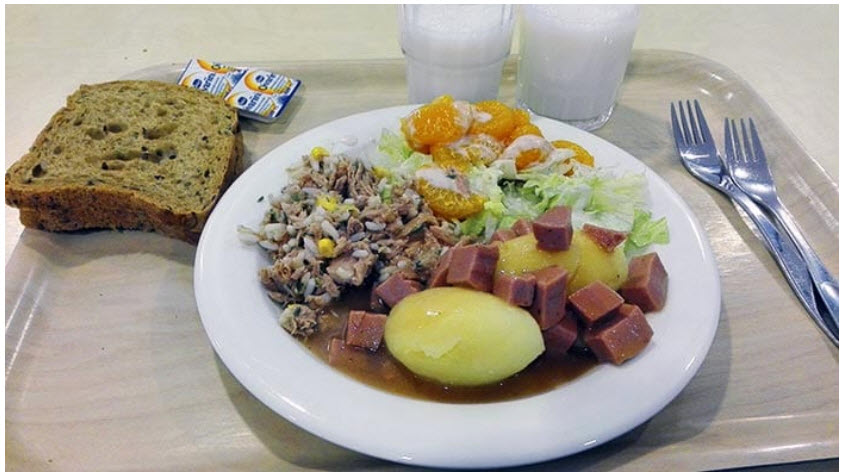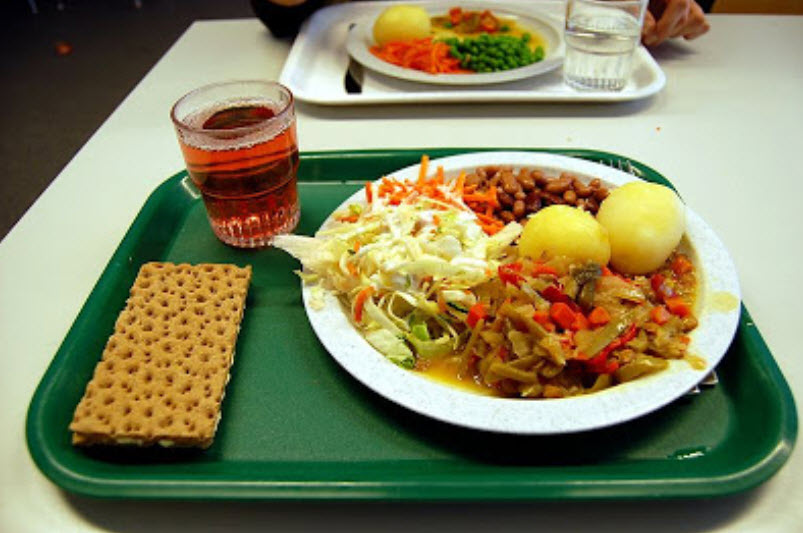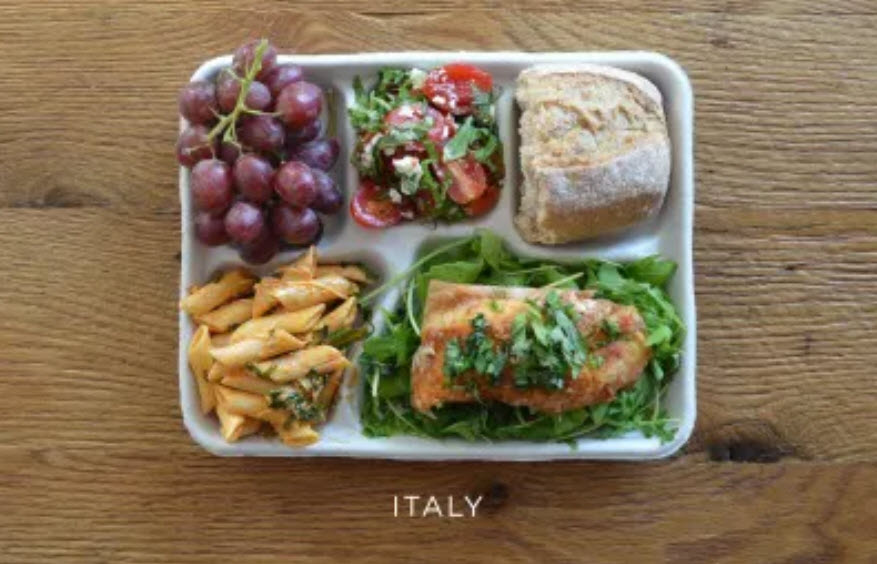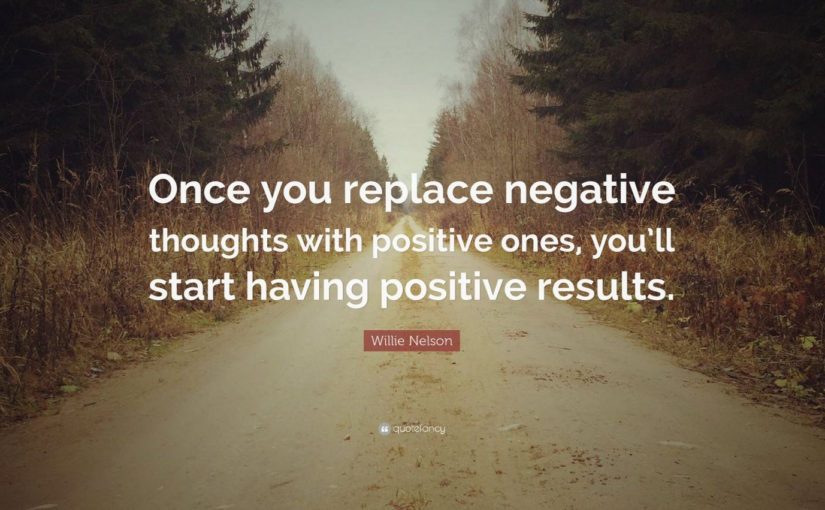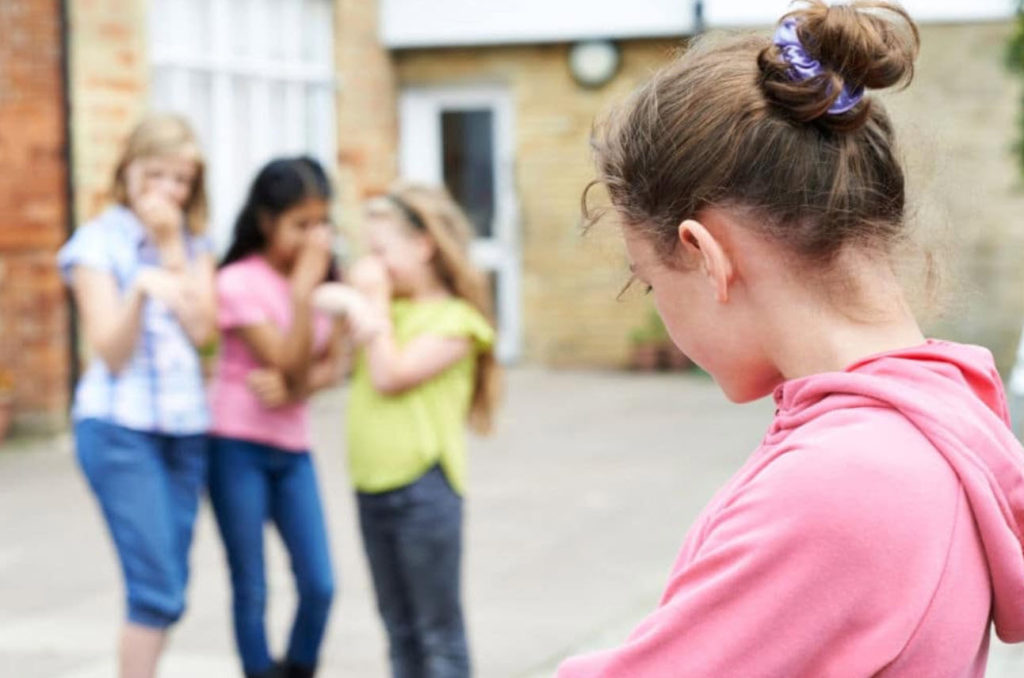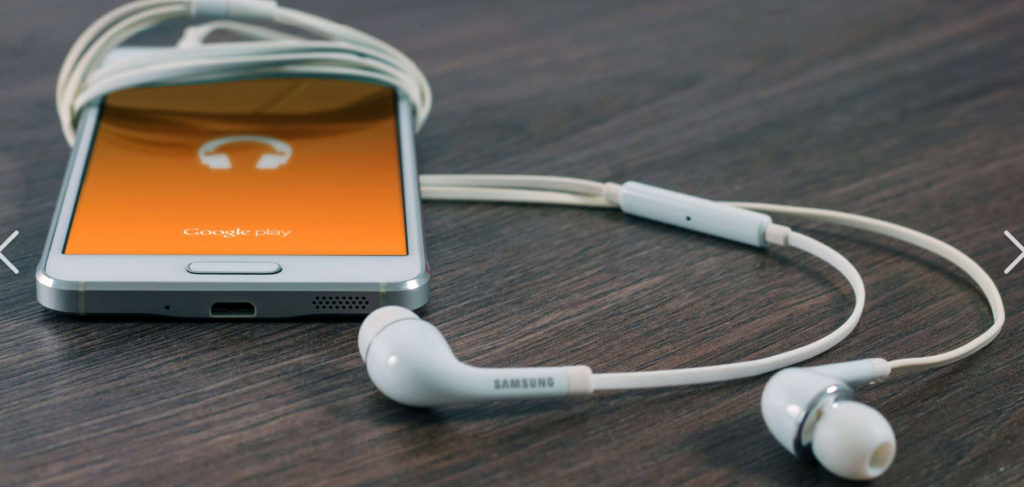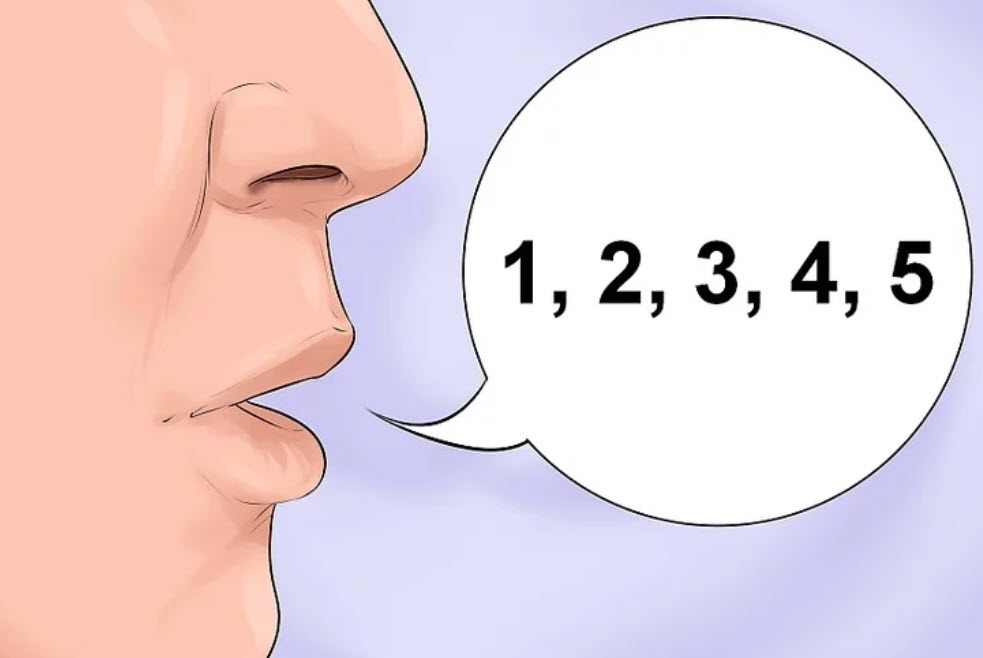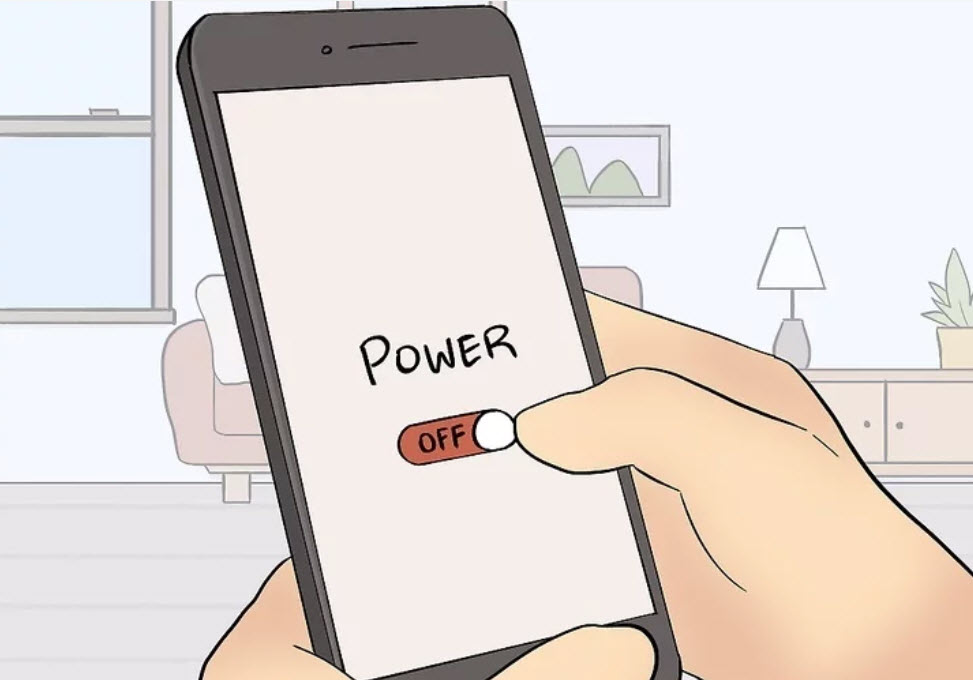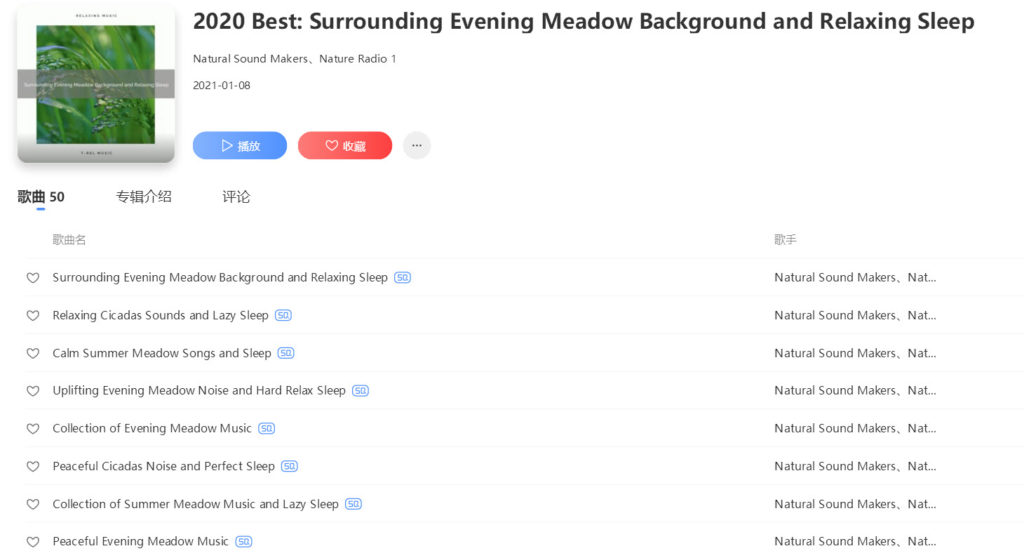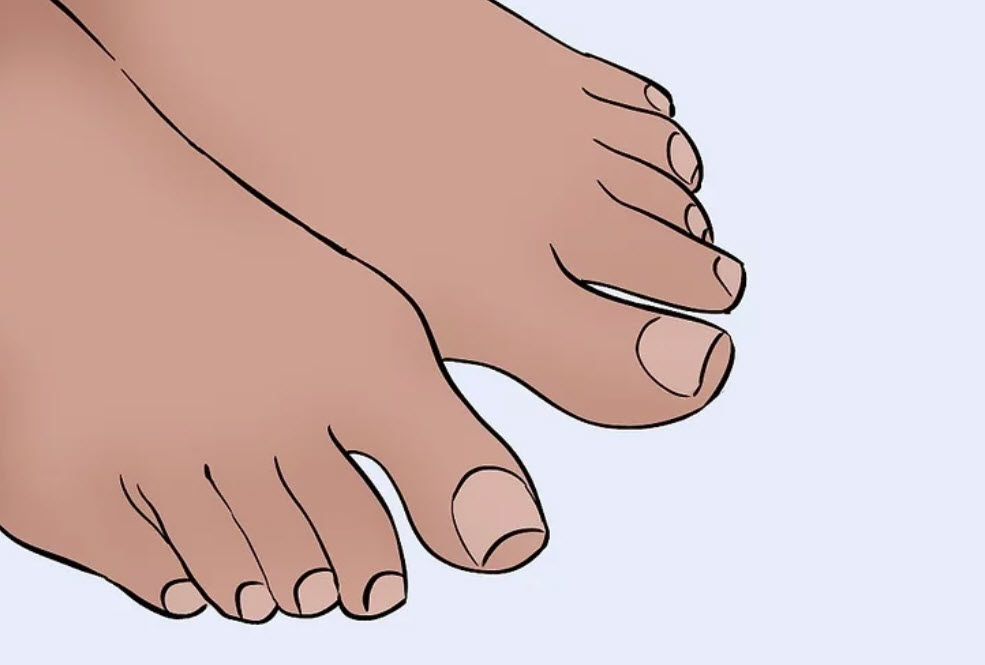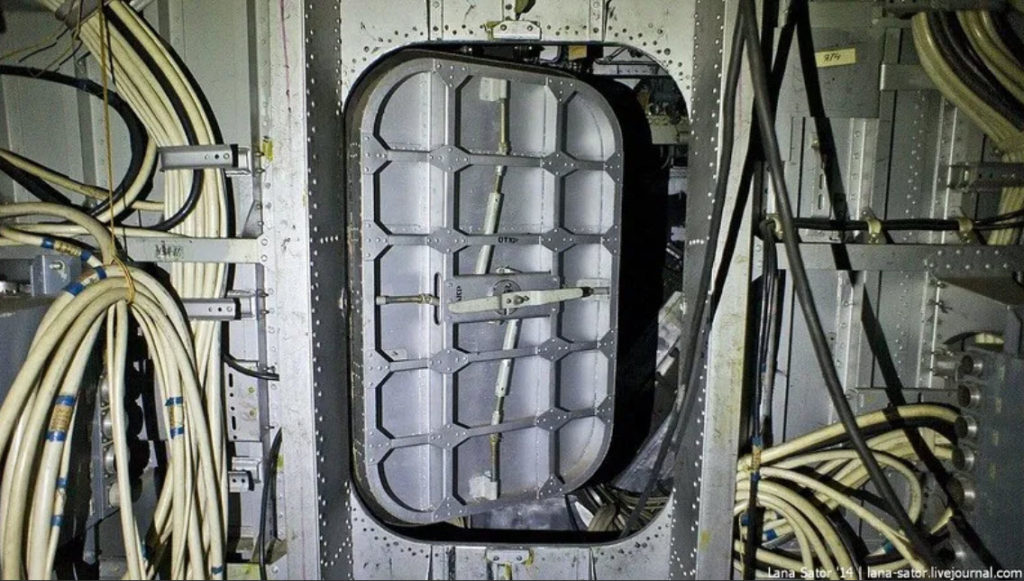I pretty much agree with migueljose. I'm 77 years old, US native-born citizen and life-long resident. The main problem in the US is the intense interracial animosity of all against all, and the deliberate race baiting by our ruling class. Race relations were better in the 50's despite segregation (worse in the North). The second problem is the collapse of our educational system K-post doc, and the resulting incompetence of our Ruling Class. The attempt to actually destroy important Russian and Chinese companies and institutions, like Huawei, is an actual act of war. When that game was run against Japan in the late 30's, we got the Pacific War. Our current policies will give us a war with Russia-China. After the Biden interview and Alaska meeting fiascos, it is clear Russia and China are now coordinating their future actions. One fears the worst. Posted by: bob sykes | Mar 23 2021 19:23 utc | 6
I do not want to sound alarming. But… Jeeze Louise…
After this last week with [1] the events of the Alaskan meeting between the United States and China, and [2] the “write ups” leading to it are quite horrifying.
I wonder what the Hell is going on in the minds of the folks back in Washington DC, for they have obviously have a mixture of numerous mental illnesses. Not a singular one. A mixture.
The Alaskan meeting was stunning in it’s insanity.
For starters, America demands that China (and the rest of the world) STOP working with the United Nations. Instead they order all other nations, and their leaders to “follow the United States” as it leads.
Yes.
You read that correctly.
Well, for one thing, the Americans demand a “Rules based obedience“. Not one that follows the United Nations. I know that it sounds so nice, and so orderly. “Rules”. ‘Why would anyone not want to follow “rules”?’ says the American sheeple. And yes, it does play well in the “red states” back inside of America, but it is dangerous.
It is very, very dangerous.
Because this “rules based obedience” means…
- There is not any kind of national sovereignty, only American sovereignty.
- Nations exist at the pleasure and allowance of the United States.
- The United States makes the rules at will.
- The United States changes the rules at will.
- All other nations are subservient to the United States.
- The United Nations has no say what so ever in International affairs.
- The United Nations is a convenience that America uses when it wants to, and ignores when it decides to.
This is a very authoritarian and demanding posture.
It is unyielding and fixed.
It’s almost as if the leaders in America are Megalomaniacs. To believe and allow such an insane level of insanity.
Megalomania is a psychopathological condition characterized by delusional fantasies of power, relevance, omnipotence, and by inflated self-esteem. Historically it was used as a name for narcissistic personality disorder prior to the latter's first use by Heinz Kohut in 1968, and is used today as a non-clinical equivalent.
But it’s not just that.
It’s many other things.
Such as the litany of demands that America placed on China.
Such as…
- China’s actions and behavior regarding 台湾.
- China’s actions and behavior regarding 西藏.
- China’s actions and behavior regarding 香港.
- China’s actions and behavior regarding 快乐的脚.
All of which might not look familiar to the American readers in the audience.
As all of the items (that America demanded on China) are de facto Chinese land, cities, areas and territories.
These are regions as specified within the United Nations and identified as Chinese domains.
Such as Hong Kong, Tibet, Xinjiang, and Taiwan.
So it really is insulting that these jackasses from Washington DC have the fucking nerve to tell the Chinese what to do in 香港.
Which is like China demanding that America do thing about Baltimore, the killings in Chicago, and the maritime operations in the Gulf of Mexico and Boston harbor.
This illness, where you cannot understand the personal barriers of others is known as Cognitive Dysfunction.
Cognitive disorders, also known as neurocognitive disorders, are a category of mental health disorders that primarily affect cognitive abilities including learning, memory, perception, and problem solving. Neurocognitive disorders include delirium and mild and major neurocognitive disorder. They are defined by deficits in cognitive ability that are acquired, typically represent decline, and may have an underlying brain pathology. The DSM-5 defines six key domains of cognitive function: executive function, learning and memory, perceptual-motor function, language, complex attention, and social cognition.
Why were the American delegation so rude, demanding, and ill behaved during the Alaskan meeting? Could it be that they ACTUALLY BELIEVED that they were that powerful, and that they indeed represented the United States within that capacity?
How and why would they hold this amazingly dangerous position? It’s not patriotism. It’s pure evil.
It is exactly what Hitler demanded of Austria, West Prussia, Poland, the Netherlands, and France in the late 1930’s.
It’s pure evil.
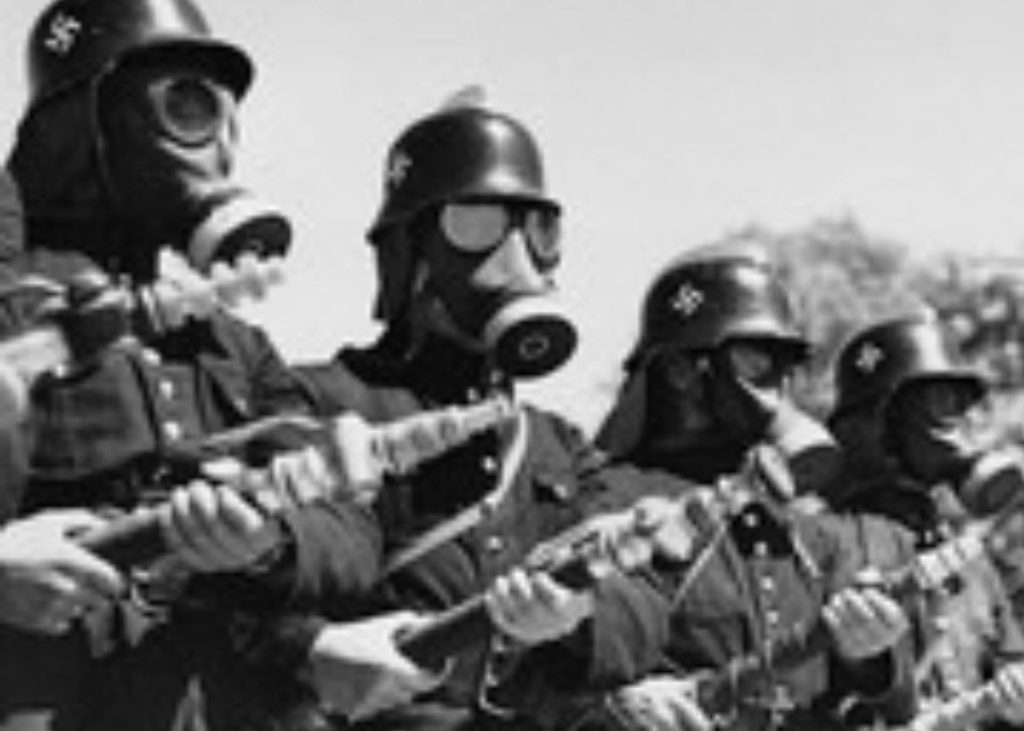
The hatred towards China inside America is just ripe for war
The last four years of spewed hate has been horrible. Here’s the “news” from today…
- Asian man punched by stranger with brass knuckles in NYC attack
- Straphanger urinates on Asian woman inside NYC subway car
- Family of Asian woman shot to death in California call for hate crime probe
- Suspect bashed Asian woman with pipe during NYC attack
- Asian woman assaulted in Midtown in possible hate crime
- Asian man whose wife died in Atlanta spa was handcuffed, ‘treated like a suspect’
The Mike Pompeo Speech is codified into policy
In April 2020, immediately after China stopped the COVID-19B virus, Mike Pompeo laid out a speech decrying China. In his speech he stated that all efforts to contain it has failed and that new aggressive measures must be taken.
I guess Pompeo and trump were surprised that China could completely stop a major bio-weapons attack with an R0=20; the very dangerous “B strain” when China was must vulnerable; CNY.
In comparison, the American "safe strain", has a much smaller R0=0.01, and a much small lethality footprint. Which is why it is called the "herd inoculation strain".
This speech was bemoaned by the entire global community as unrealistic, a throwback to World War II, and entirely antagonistic as well as a violation of the UN charter.
- Mike Pompeo Accuses China of Posing a Worldwide Threat …
- Pompeo’s fact-twisting China speech versus the truth …
- Another Course Correction Needed: Towards a Better …
Well, guess what?
Yup. It’s now official American policy.
The Longer Telegram
Don’t believe me? Here we look at an American “policy paper” known as “The Longer Telegram“.
It’s called a “telegraph” as it is used as a “fair warning” that the United States considers China as a hostile enemy that must be destroyed. Thus the message is “telegraphed” to all people involved.
It is a reissue, and rewording of a post World War II document on how to be Master of the World. And it is being followed with religious fervor in the United States by the Biden administration. Following this outdated, outmoded, and insane cartoon-image of what the world is today is hastening the demise of the United States.
As well as forcing the hands of the Chinese, Iranians and Russians towards nuclear war.
It’s authored by “anonymous“, but we can see clearly that the contributors are the entire neocon establishment on “K street”. That’s John Bolton, Mike Pompeo, and the rest of the neocon cabal.

What is this “telegram”?
It’s a strategy and orders towards “reclaiming American greatness” by the destruction of the largest threats “to the American way of life” in the world. In it, it describes a very militaristic policy of total annihilation of the enemies of the United States.
Not cooperation.
Not negotiation, and trade.
Not Geo-political alignments, and posturing.
No.
It’s about total annihilation of all the threats the the United States global leadership, and how to go about making sure that it is successful.
- Primarily the destruction of China.
- Isolation of China from Russian support and alliances.
- Isolation of China geographically.
- Isolation of China internationally, culturally and socially.
- Isolation of China in technology, skills, knowledge and science.
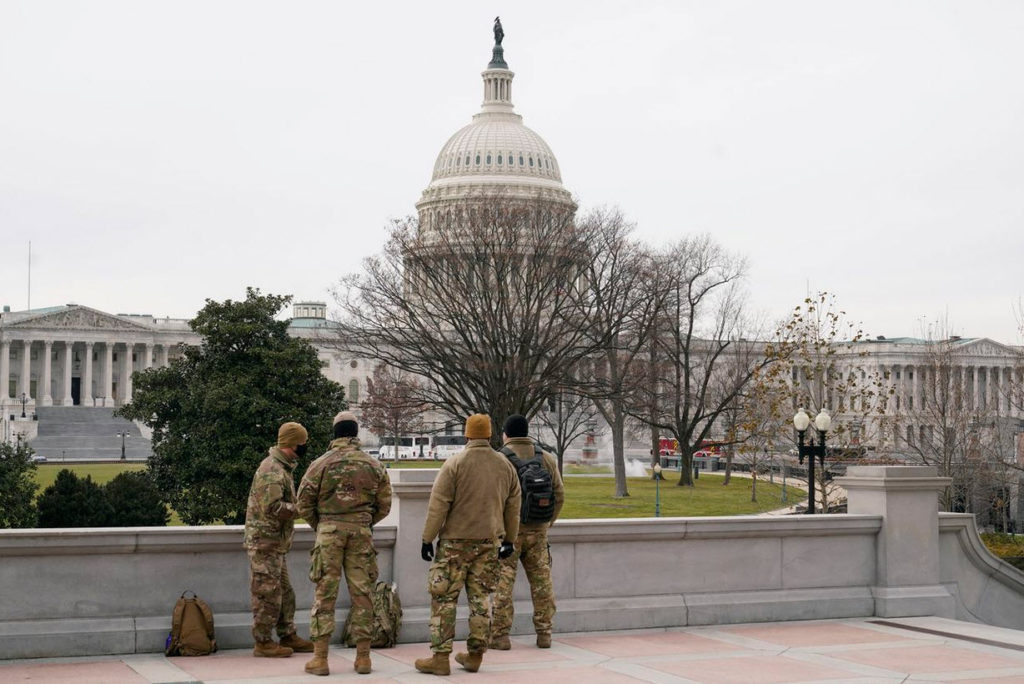
It’s a long-worded tome.
Obviously it was written by one or more “think tanks” in the military-industrial complex. Obviously a number of committees wrote various parts, spliced them together, and achieved “buy in” as a group.
As Strategic Culture writes…
The Atlantic Council has emitted The Longer Telegram: Toward A New American China Strategy written by Anonymous. Clearly it is supposed to echo Mr X’s (George Kennan’s) Long Telegram. But some differences: this is longer – much longer, grinding on for seven times the length of Kennan’s essay.
And what is it about…
It’s about China…
It’s about Russia too.
The document describes a China that exists only in their furtive imaginations; An “authoritarian” country whose communist rulers are divorced from the people they rule, in which President Xi is described as more or less a warlord surrounded by “cronies,” enriching themselves at the expense of everyone else, and who have visions of ruling the world. This fantasy is in fact a mirror-image of the United States.
Indeed.
It has absolutely no resemblance with China, as it is today, in any way, shape or form.

Facts do not matter to the ideologically obsessed.
The Strategic Culture Foundation says it quite clearly…
But, enough of Anonymous’ fancies – they have no base in reality: The USA out-sourced its manufacturing to China long ago and won’t be getting it back. Wokeism is killing its education system. America's politics are broken. America's military is losing everywhere and doesn’t realize it. A tsunami of debt has built up. Most absurd of all, after years of needless hostility to Russia, Washington has no hope of separating Moscow from Beijing. And Xi Jinping is not some rogue who seized control... ...he is the top of a robust pyramid. The only significance of this paltry effort is that it gives us another – and depressingly influential – example of the curious American obsession with personalities – everything in Chinese-U.S. relations was going along swimmingly until Xi. But actually, as anyone capable of seeing reality knows, China is much, much more than one man. China/Russia/Iran/Iraq/insert-name-of-country was happy to accept its place in the Rules-Based International Order... ... until that nasty Xi/Putin/Ayatollah/Saddam/insert-name changed everything; get rid of him and it will all fix itself. Sure... When are they going to understand that it’s a whole country, not just one guy?
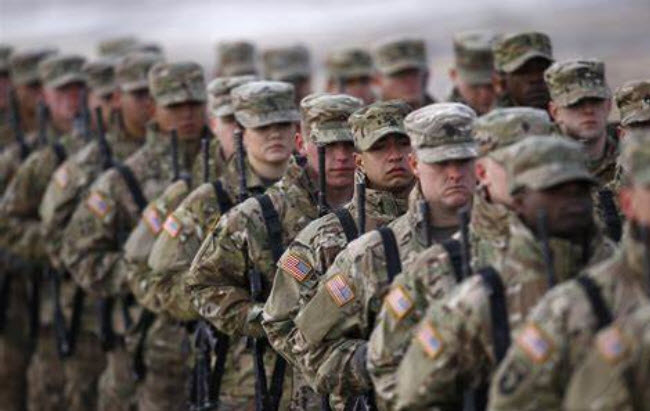
How about the details…
But what is this thing… this “Longer Telegram”…
In an extraordinarily provocative move, the U.S. foreign policy establishment has warned China that it is pushing for a more aggressive strategy... ... all the way up to instigating war. In a tome-like article published by the Washington-based Atlantic Council, there are foreboding demands for numerous “red lines” to confront China over. Entitled ‘The Longer Telegram’ the article is a strange throwback to Cold War thinking. It is ostentatiously mimicking the famous document authored by George Kennan in 1946 who as a U.S. diplomat based in the Moscow wrote ‘The Long Telegram’ prescribing a hostile strategy of containment against the Soviet Union. Thus the Atlantic Council is billing the recent article as a seminal historical contribution to formulating U.S. policy towards China, and one that is more bellicose and “comprehensive”.

Here’s a reprint of a very informative article…
The Longer Telegram: To Contain China or the USA?
Christopher Black
March 14, 2021
The paper repeats the mistake inherent in all American thinking about the world, of [1] inventing a rival that does not exist, and then [2] positing strategies to deal with this fiction.
Washington, Beijing and European capitals have been firing off barrages of commentary in the past weeks on an anonymously authored paper on China published on January 28 by the U.S.-NATO think tank, the Atlantic Council, entitled “The Longer Telegram: Toward A New American China Strategy.”
It is modeled on another policy paper written by George Kennan in 1946.
That policy paper was called the Long Telegram. In it Kennan set out a strategy for “containing” the Soviet Union.
Which is a nice euphemism that means “destroying it”.
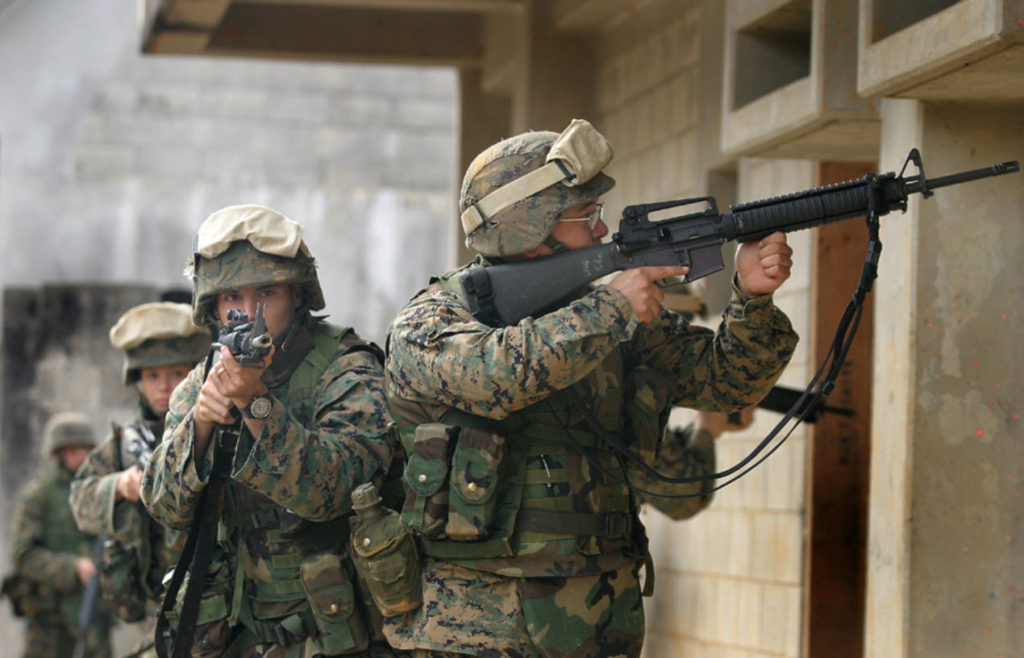
Kennan’s advice was adopted and became U.S. strategy. The Longer Telegram purports to set out a strategy for undermining China and its socialist system.
Which is really fucked up as the Chinese system is far, far, FAR superior to the American system of oligarchy-run military-empire that pretends to be a democracy.
The Longer Telegram has met with approval by some U.S. and allied strategists and governments but alarm by others. China has denounced it for what it is, a plan for aggression against China and its socialist system.
The paper repeats the mistake inherent in all American thinking about the world, of inventing a rival that does not exist, and then positing strategies to deal with this fiction.
This delusory thinking has led the United States into one defeat after another and caused the world untold troubles as it tried to throw its weight around to secure markets and resources for its industries and capital.
- Yemen
- Panama
- Libera
- Afghanistan
- Syria
- etc, etc…
The destruction of one country after another to achieve that objective, the deaths of millions, the immiseration of entire regions of the world are nothing to American capital so long as it can make money.
All their rhetoric about “human rights” “democracy” and other such platitudes is just a cover for maintaining their economic hegemony and keeping everyone else down.

They even sometimes admit this.
In the National Defence Strategy issued in 2018, the real reason for the slanders against China, the constant provocations in Hong Kong, and the South China Sea is stated clearly…
“Failure to meet our defense objectives will result in decreasing U.S. global influence... ...eroding cohesion among allies and partners... ...and reduced access to markets... ...that will contribute to a decline in our prosperity and standard of living.”
Of course even this is a lie since American capital does not care at all about the standard of living of the American people, only about the prosperity and standard of living of the big capitalists.
The world can see what conditions are in the United States.
The [1] failure to protect their people from the Covid pandemic, [2] the almost daily extrajudicial killings of blacks and poor people, [3] the hollow promise of Biden to institute a higher minimum wage, [4] the collapse of the power grid in Texas are[5] eloquent expressions of the contempt and disregard big capital has for the common people.
The document describes a China that exists only in their furtive imaginations;
…an “authoritarian” country whose communist rulers are divorced from the people they rule, in which President Xi is described as more or less a warlord surrounded by “cronies,” enriching themselves at the expense of everyone else, and who have visions of ruling the world.
This fantasy is in fact a mirror image of the United States.

The anonymous author(s) sees China as he has been conditioned to see America, and then projects that outward to any nation that attempts to develop its economy and improve the conditions of its people.
And just as the forces of capital in the United States manipulate elections and the political system to guarantee their power in order to feather their own nests, the author of the Longer Telegram accuses the President of China of doing the same in China, of using his position for his own benefit.
It then offers recommendations on how to try to split the Chinese leadership from the people, and even on how to split the Communist Party from its membership and the people, using false claims as propaganda to undermine social cohesion.

China did well to kick out the BBC last week and to arrest the U.S. and British agents in Hong Kong.
The document adopts the Henry Kissinger strategy urging a soft approach to Russia to try to lure it away from its alliance with China.
This would require a complete reversal of American strategy of surrounding Russia with bases, ships and missile systems, of attempting to ruin the Russian economy with all the illegal trade and financial embargoes.
It is not going to happen.
But the suggestion shows the confusion in the American leadership on how to stop its economic decline that precedes its decline as the world hegemon.
For decades the Americans have claimed to support nations trying to raise themselves from the poverty created by European and American colonialism, to achieve economic prosperity and a better life for their peoples.
But when a country achieves those goals it suddenly becomes an enemy.
America want no rivals.

China is declared an enemy simply because the Communist Party has, over its long struggle from the Long March to today, raised a billion and more people out of poverty, has created a social and economic system no western nation can equal.
- China is as big as the United States.
- China has more factories than the United States.
- China has a peer capable military.
- China is a threat on all levels of (former) United States dominance.
And most importantly…
Their example shows the world what can be achieved by nations finally freed from colonialism, and shows the strength and vitality of socialism.
But now America faces renewed threats from the aspiring colonial powers.

Defeated in 1949, the colonial powers have never abandoned their ambitions to again reduce China to a colony.
They are, once again, actively engaged in trying to undermine China as a sovereign nation.
To slander it.
To sabotage its economy.
To threaten it with armed force.
And to break it into smaller, manageable pieces, as they want to do with Russia.
The method of attack is wide.
The Canadians, on U.S. orders, have essentially kidnapped and still hold hostage, Meng Wanzhou, Chief Financial Officer of the technology company, Huawei.
At the same time, the U.S. used the arrest as a warning to others trading with Iran.
They have increased their military provocations off the Chinese coast.
With the U.S. and its vassal states sending naval ships, time and again, through the Taiwan Strait, claiming to be enforcing “freedom of navigation” …
…but in reality declaring that Taiwan, a province of China, is an American protectorate.

The complete response to the Longer Telegram is found in China’s national defence white paper which states, “Though a country may become strong, bellicosity will lead to its ruin.
The Chinese nation has always loved peace.
Since the beginning of modern times, the Chinese people have suffered from aggressions and wars, and have learned the value of peace and the pressing need for development.
Therefore, China will never inflict such sufferings on any other country.

Since its founding 70 years ago, the People’s Republic of China (PRC) has never started any war or conflict.
You just cannot say this about America; the biggest military empire in history.
- Timeline of American Involvement in Wars
- Major Military Operations Since World War II
- America: Drastic Changes 70 Years After World War II
- DEATH TOLL FROM MODERN AMERICAN WARS
Since the introduction of reform and opening-up, China has been committed to promoting world peace, and has voluntarily downsized the PLA by over 4 million troops.
China has grown from a poor and weak country to be the world’s second largest economy neither by receiving handouts from others nor by engaging in military expansion or colonial plunder.
Instead, it has developed through its people’s hard work and its efforts to maintain peace.
China has made every effort to create favorable conditions for its development through maintaining world peace, and has equally endeavored to promote world peace through its own development.
China sincerely hopes that all countries will choose the path of peaceful development and jointly prevent conflicts and wars.”
All those who want peace in the world, can support that statement.
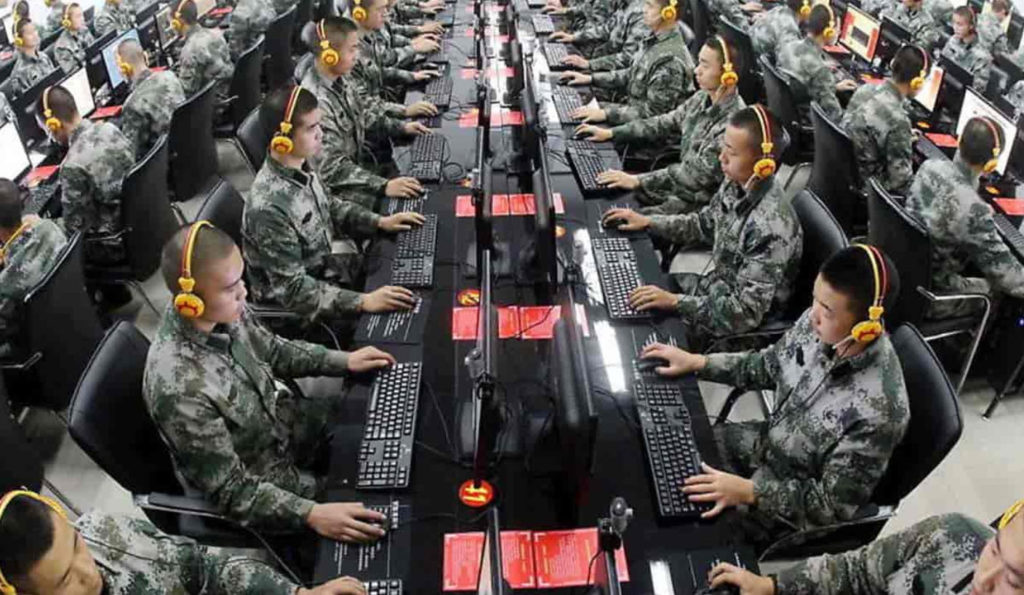
The Longer Telegram is not just a policy paper, it is also propaganda.
Dangerous anti-UN propaganda
Propaganda which must be rejected as a call for the violation of all the principles set out in the Charter of the United Nations.
A charter that guarantee every nation [1] the right to peaceful development, [2] to its sovereignty and [3] to non-interference from other nations; [4] to be treated with respect.
All of which were missing in the 19MAR21 Alaskan meeting between the USA and America.
Instead of contemplating strategies on how to contain China…
….the world must instead contemplate strategies for containing the United States of America.”
It’s all pretty damning. But why does MM believe that America has chosen to engage in a hot war?
Americans are ripe and “chomping at the bit” for a war.
There is unrestrained budget constraints and the debt is at twenty trillion dollars with no signs of any kind of fiscal responsibility. Either the American governance is counting on a financial and fiscal collapse, or…
…or…
…they plan on looting a large, plump and ripe nation to compensate for their fiscal irresponsibility.
And they are eyeing China.
History tells us that when nations have depleted their coffers, and their citizenry have taken to “torches and pitchforks” the only way out…
…socially, economically, and as a way to control the situation…
…is a war.
If they win, and conquer the opposing targeted nation, they can loot it, and fill their empty coffers. They can unite an upset and disturbingly angry citizenry with an enemy, and they can postpone the demise of their government that caused the fiscal irresponsibility in the first place.

Let’s look at this article, shall we…
Washington Telegrams China of Red Lines and Aggression
For a start (the policy paper) denigrates China’s President Xi Jinping in the most pejorative terms unbecoming of diplomatic norms. It proposes that “U.S. strategy must remain laser-focused on Xi, [and] his inner circle.”
The document states:
“At home, Xi has returned China to classical Marxism-Leninism and fostered a quasi-Maoist personality cult, pursuing the systematic elimination of his political opponents… Xi is no longer just a problem for U.S. primacy. He now presents a serious problem for the whole of the democratic world.”
What the Washington policy elite are explicitly calling for is “regime change” in Beijing by aiming to destabilize the senior government.
This marks an unprecedented notice of increased hostility towards the Chinese leadership. This is taking things way past U.S. aggression under Obama and Trump and brings it to a whole new level.
What’s even more alarming is the Atlantic Council article sets out numerous “red lines” which could trigger military confrontation.
These red lines include [1] “major hostile action” by China in the South China Sea, or [2] an attack on Taiwan, or [3] cyberattacks against the United States.
This is alarming because these actions are being exacerbated by the U.S. itself.
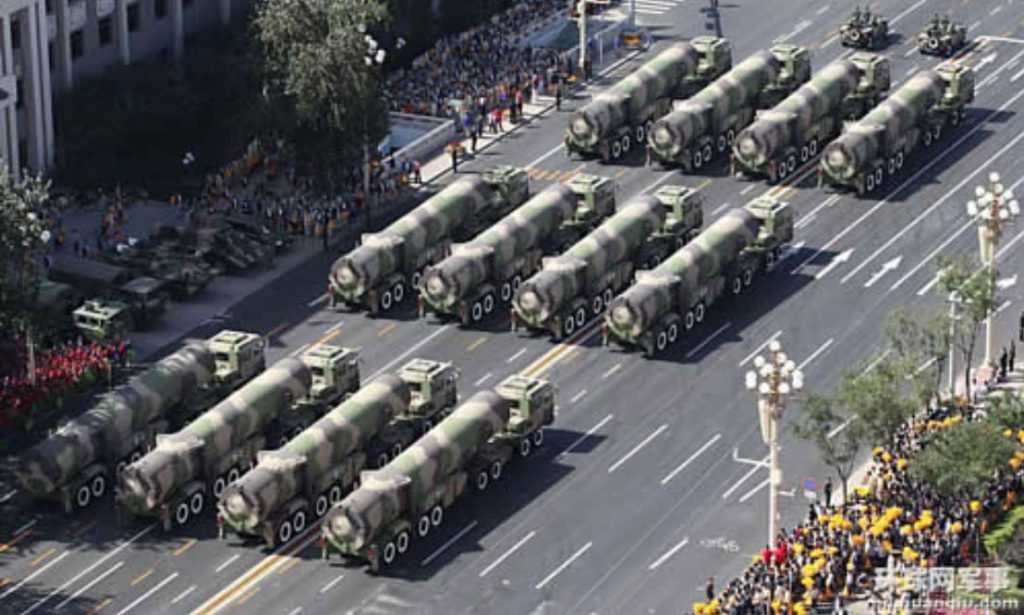
[1] A“major hostile action” by China in the South China Sea
Since Biden took office last month, his administration has sent two navy carrier strike groups to conduct exercises in the South China Sea, which Beijing has condemned.
[2] Taiwan
A U.S. warship also recently passed through the Strait of Taiwan.
[3] And cyberattacks against the United States.
As for cyberattacks, they can be easily fabricated and falsely attributed by U.S. intelligence agencies. As clearly specified in the Vault 7 release by Wikileaks.
At one point the Atlantic Council article notes:
“U.S. strategy must understand that China remains for the time being highly anxious about military conflict with the United States, but that this attitude will change as the military balance shifts over the next decade. If military conflict were to erupt between China and the United States, and China failed to win decisively, then – given the party’s domestic propaganda offensive over many years proclaiming China’s inevitable rise – Xi would probably fall and the regime’s overall political legitimacy would collapse.”
This last paragraph is a clear sign that Washington planners are actually considering a preemptive war against China in which the latter “failed to win decisively” thereby precipitating the fall of President Xi.
The reaction from China has been surprisingly reserved.
Beijing condemned the American Cold War mentality but seemed to avoid condemning what are clearly U.S. threats of war.
One analyst for Global Times speculated that the Atlantic Council article was a “remnant from the Trump administration”.
Such thinking is dangerously complacent.
America wants China destroyed
For the evidence points to the article being an expression of policy formulation by the Biden administration.
It is notable in a recent interview with CBS, President Biden sounded remarkably disrespectful towards his Chinese counterpart.
Biden said he hadn’t yet spoken directly with Xi since the U.S. presidential inauguration ceremony nearly three weeks ago.
Such an absence of communication seems to be a calculated snub from Biden and his policy planners in Washington which is in total keeping with the proposed strategy outlined in the Atlantic Council article to “laser-focus” on denigrating Xi and his leadership.
Here’s another notable oddity.
While Biden has yet to contact Xi, the American leader held a phone call with Russian President Vladimir Putin the day after his inauguration.
In the Atlantic Council article, the author proposes:
“Dividing Russia from China… is critical.” It calls for “stabilizing relations with Russia” and the United States.
In the 1970s, it was the other way around.
U.S. policy then, first under Richard Nixon and later successors, was all about drawing China away from the Soviet Union because Moscow was perceived as the main threat to American hegemony.
Now, as the Biden administration and other Washington planners assert over and over, it is Beijing that is perceived as the principal challenger to the waning U.S. global empire.
But the same tactic of divide and rule is at play.
Officially, the Biden White House says it has yet to formulate definitive policies on relations with China or Russia.

But the vibe and tone of the Atlantic Council article has Team Biden’s fingerprints all over it – indicating that it is preparing to take a reckless aggressive course toward China. The Trump administration – which was brazenly antagonistic to China – is criticized for lacking “comprehensive strategy”.
That’s Orwellian euphemism for the Biden administration telegramming the threat of much more confrontational policy.
It may all just be reckless rhetoric by Washington’s imperial planners.
Nevertheless, the mere playing with war rhetoric is reprehensible and speaks of American desperation to salvage its diminishing global power.
It’s a time to be very careful and guarded.
Do not be under the impression that Russia and China are all unaware of all this.
No wonder, China has been hurriedly mass-producing nuclear warheads, MIRV ICBM missiles, and state of the art weapons technology at a hectic pace.
They are not fools.

Do not be under the illusion that China is a far away land and that American military can engage China…
…on Chinese territory…
… in a superior manner…
…where American lays out the terms of conflict…
…and Americans can watch on their television sets eating popcorn as the war and conflict rages in far, far away China.
Nope.
It’s not going to be like that.
As the Saker has pointed out…
And crucially, “keep the barbarians from coming together” applied to Russia, China and Iran. That was Pax Americana in a nutshell. And that’s what’s totally unraveling now.
Hence the Kill Bill logic. It goes back a long way. Less than two months after the collapse of the USSR, the 1992 Defense Planning Guidance preached total global dominance and, following Dr Zbig, the absolute imperative of preventing the emergence of any future peer competitor.
Especially Russia, defined as “the only power in the world with the capacity of destroying the United States.”
Then, in 2002, at the start of the “axis of evil” era, came the full spectrum dominance doctrine as the bedrock of the US National Security Strategy. Domination, domination everywhere: terrestrial, aerial, maritime, subterranean, cosmic, psychological, biological, cyber-technological.
And, not by accident, the Indo-Pacific strategy – which guides the Quad – is all about “how to maintain US strategic primacy.”

This mindset is what enables US Think Tankland to formulate risible “analyses” in which the only “win” for the US imperatively requires a failed Chinese “regime.”
After all, Leviathan is congenitally incapable of accepting a “win-win”; it only runs on “zero-sum,” based on divide and rule.
And that’s what’s leading the Russia-China strategic partnership to progressively establish a wide-ranging, comprehensive security environment, spanning everything from high-tech weaponry to banking and finance, energy supplies and the flow of information.
Yup. Russia and China are coming together to defend against the American monster…
Do not be under the misguided impression that America can conduct a far-away war with China or Russia independently. They are working together.
It will not happen that way.
Neither China, or Russia will allow that to occur.
Doing so, would result in American cities blasted out of existence. It’s real.
Consider the “dead hand” for instance…
Dead Hand Dead Hand, also known as Perimeter, is a Cold War-era automatic nuclear weapons-control system that was used by the Soviet Union. General speculation from insiders alleges that the system remains in use in the post-Soviet Russian Federation as well. An example of fail-deadly and mutual assured destruction deterrence, it can automatically trigger the launch of the Russian intercontinental ballistic missiles by sending a pre-entered highest-authority order from the General Staff of the Armed Forces, Strategic Missile Force Management to command posts and individual silos if a nuclear strike is detected by seismic, light, radioactivity, and pressure sensors even with the commanding elements fully destroyed. By most accounts, it is normally switched off and is supposed to be activated during times of crisis; however, it is said to remain fully functional and able to serve its purpose whenever it may be needed. -Wikipedia
Yup. Read about it…
- ‘Dead Hand’: Russia’s Nuclear Weapon System
- Russia’s “Dead Hand” Nuclear Doomsday Weapon is Back
- Dead Hand: Russia’s Scary Plan to Counter Attack
- ‘Dead Hand,’ Russia’s Terrifying Doomsday Device
- Inside the Apocalyptic Soviet Doomsday Machine | WIRED
- The Soviets Made A Real Doomsday Device In The ’80s
- The Dead Hand: The Untold Story of the Cold War Arms Race
But, America need not worry, right? A few strategically placed bombs here and there, a capture of an island or two and some “boot on the ground” will force China to obey America. Right?

Russia upgrading its ‘Dead Hand’
29 Mar 2018 in 10:20
It’s active and alive. As this three year old article points out…
Russia is upgrading its nuclear final defence system which automatically launches it entire arsenal in a doomsday-like barrage, one of the US leading authorities on nuclear disarmament Bruce Blair said.
Russia’s defence chiefs are working to improve the so-called “Dead Hand” weapons system – also known as Perimeter. It has been referred to as a “Doomsday device” by analysts and was first developed during the paranoia of the Cold War.
Blair, who is the former US Air Force nuclear launch officer, said he believes the system is still operational and is even being “upgraded,” Daily Star Online reported.
Dead Hand is described as a “fully automatic” system which is turned on amid times of crisis by Russia. It is operated by three crew members whose sole job is just to make sure the system is operational with “no judgement” involvement.
Despite the terrifying concept, Dr Blair, co-founder of disarmament campaign group Global Zero, said the existence of such a weapon actually helps reduce the risk of nuclear war.
However, he questioned the system’s “vulnerability to cyber attack” as a cause for concern to global security. Dead Hand’s operation means the West will always have to think twice if there is a temptation for a nuclear strike.
“[Dead Hand] is fully automatic except that it has to be turned on by the general staff during a crisis, and there is a small crew that would perform a small number of functions before it would operate,” Blair said. “It is not a risk unless it could hacked and trigger an unauthorized launch,” he added
But don’t worry. China is isolated from Russia. And can be beaten easily by the superior American military…
Right?
Are you willing to bet your life, and your families lives on it?
So you really trust this man with your future…

Or
Or, his “official” replacement in the Biden Administration.

So
So, do you really think that things are just going to be a lot of “hot air” and posturing?
And that nothing will come of all this, that somehow it will all go away…?
China will not be provoked
America will try and push and push China into an action. If China fails “to take the bait”, then America will make up and excuse a “false flag” event that will justify a war.
Now, let it be understood that America is not allowed to go to war without Congressional approval.
But that is meaningless.
America is currently fighting eight simultaneous wars all over the world directly and another twenty or so surreptitiously. None of which were specifically authorized by Congress.
So do not expect that the normal war declaration process will be followed. It will not.
Just expect a “false flag” event as an excuse to go to war within the next couple of years, if not months.
A false flag operation is an act committed with the intent of disguising the actual source of responsibility and pinning blame on a second party. The term is popular amongst conspiracy theory promoters in referring to covert operations of various governments and cabals. -Wikipedia
Keep in mind that war is unpredictable
Please keep in mind that war is madness.

.
Yes it is crazy.
On one hand, don’t be so sure that China will be able to stop America, and this “road map towards destruction”. They might not be able to. And the United States might, and could very well, roll right over China. Destroy it, and carve it up into much smaller vassal states to service the American wealthy. Indeed, China might easily crumble after a concerted attack by skilled military forces working in unison.
After all, America is a well trained battle empire. It has over 75 years of non-stop military excursions, the top line and highest quality weaponry, and lots and lots of nuclear missiles.
It also has it’s cronies like the UK, Australia Korea, Japan and India who will participate in a conflict with China. Combined, it seems that China doesn’t have a chance, and while China can train and train, they do not have active hostile fighting experience like the American military has. The United States could plausibly rip right through China like a hot knife though butter.
And of course, please don’t be so sure that Russia will sit everything out. They might. They might just allow America and China to duke it out while they watch from the side-lines. Yes. That could happen, but don’t count on it. Russia and China see America as a very unpredictable enemy.
But war is about betrayals.
You will think that one nation and people are on your side, and then they could flip at a moments notice. Sort of how Italy was aligned with the Nazi Germans and then flipped and allied with the American during World War II.
Expect betrayals, and sabotage.
Expect messy things, and terrible reporting of the “news“. Like how the Trump Armada flotilla fared in the South China Sea in 2020.
Don’t be so sure that America will win a war against Asia. I know that this will come to a shock to those that watch the Rush Limbaugh show and watch FOX news. For in their minds, America is invincible!
There is no such thing as invincibility. There is only layers and degrees of damage, and ones varying ability to contain and repair the damage.

Don’t be so sure that any destroyed American cities will be able to be rebuilt either. America does have that ability any longer. Sure there are handymen, and construction companies. Sure there is the potential. But the real, active and genuine skills required to rebuild a devastated nation, it’s not really there.
I am sure that any destroyed city can be rebuilt. However we know from history that when Genghis Khan decimated Western Europe and the “Silk Road” cities, they remained empty and devoid of inhabitants for centuries afterwards. Indeed, many were never rebuilt.
America has lost the skills, and the ability to build, let alone rebuild. As well as the technical expertise in the most basic of constructions. While there are trillions of dollars in the value of American companies, most do not make anything. They either play with numbers or images in communication venues, or provide services. Both of which are not capable of rebuilding cities, infrastructure or societies.
Don’t be so sure that nuclear weapons will not be used. China does not play. They have repeatedly warned in words and deeds that they will respond in absolute terms with any American aggression. Do not think, for a minute, that they will risk allowing the United States to attack them unopposed.

This idea, this fantasy, that America can dictate terms to China, and bludgeon them into compliance as some kind of bargain-basement slave is very dangerous. China is like the nerd in High School that everyone picks on, makes fun of, and taunts without mercy….
….Meanwhile he’s also the kid who has built a death-ray in his basement.

Don’t expect anything.
But do not be under the misguided impression that the bullshit narrative the the “Long Telegram” is based upon has validity. It is a fantasy, and if the American leadership follows this “roadmap” for the “suppression” of China, it was end up turning out quite…
…ugly.
Conclusion
Yes, this is a profoundly sobering and disgusting article. I am sorry for it.
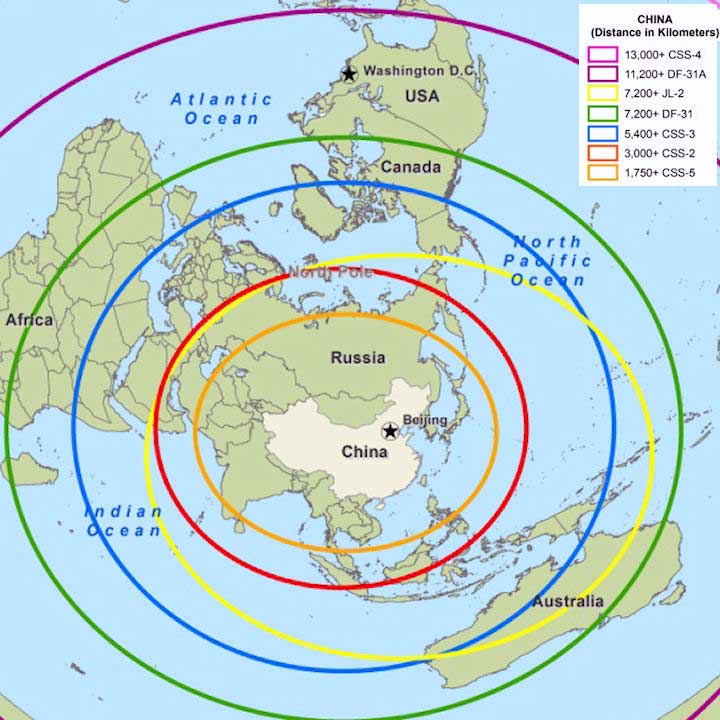
But everything points to a historical progression of events. One that can no longer be ignored. It’s not if there will be a hot war, but rather how it will develop and whether or not it can be contained.
Certainly the American leadership believes that China can be “suppressed” and a war could be fought on American terms, with American rules of engagement, and on American defined battle fields. They might be right.
But I have a completely different projection.
And the earth might not survive the resulting insanity that will manifest.
If I were to take bets, I would argue that both Russia and China are working on plans to preemptively annihilate and castrate the United States before it slaughters the entire world.
But what do I know?
Be safe you all.
This is the meeting that China had with Russia immediately after the Alaskan meeting with the United States. I wonder why China was in such a rush to chat with the Russians…?
Foreign Ministry Spokesperson Hua Chunying’s Regular Press Conference on March 22, 2021
Do you want more?
I have more posts in my Front Row Seat Index here…
Intl America.
Articles & Links
You’ll not find any big banners or popups here talking about cookies and privacy notices. There are no ads on this site (aside from the hosting ads – a necessary evil). Functionally and fundamentally, I just don’t make money off of this blog. It is NOT monetized. Finally, I don’t track you because I just don’t care to.
To go to the MAIN Index;
Master Index.
- You can start reading the articles by going HERE.
- You can visit the Index Page HERE to explore by article subject.
- You can also ask the author some questions. You can go HERE .
- You can find out more about the author HERE.
- If you have concerns or complaints, you can go HERE.
- If you want to make a donation, you can go HERE.
Please kindly help me out in this effort. There is a lot of effort that goes into this disclosure. I could use all the financial support that anyone could provide. Thank you very much.



